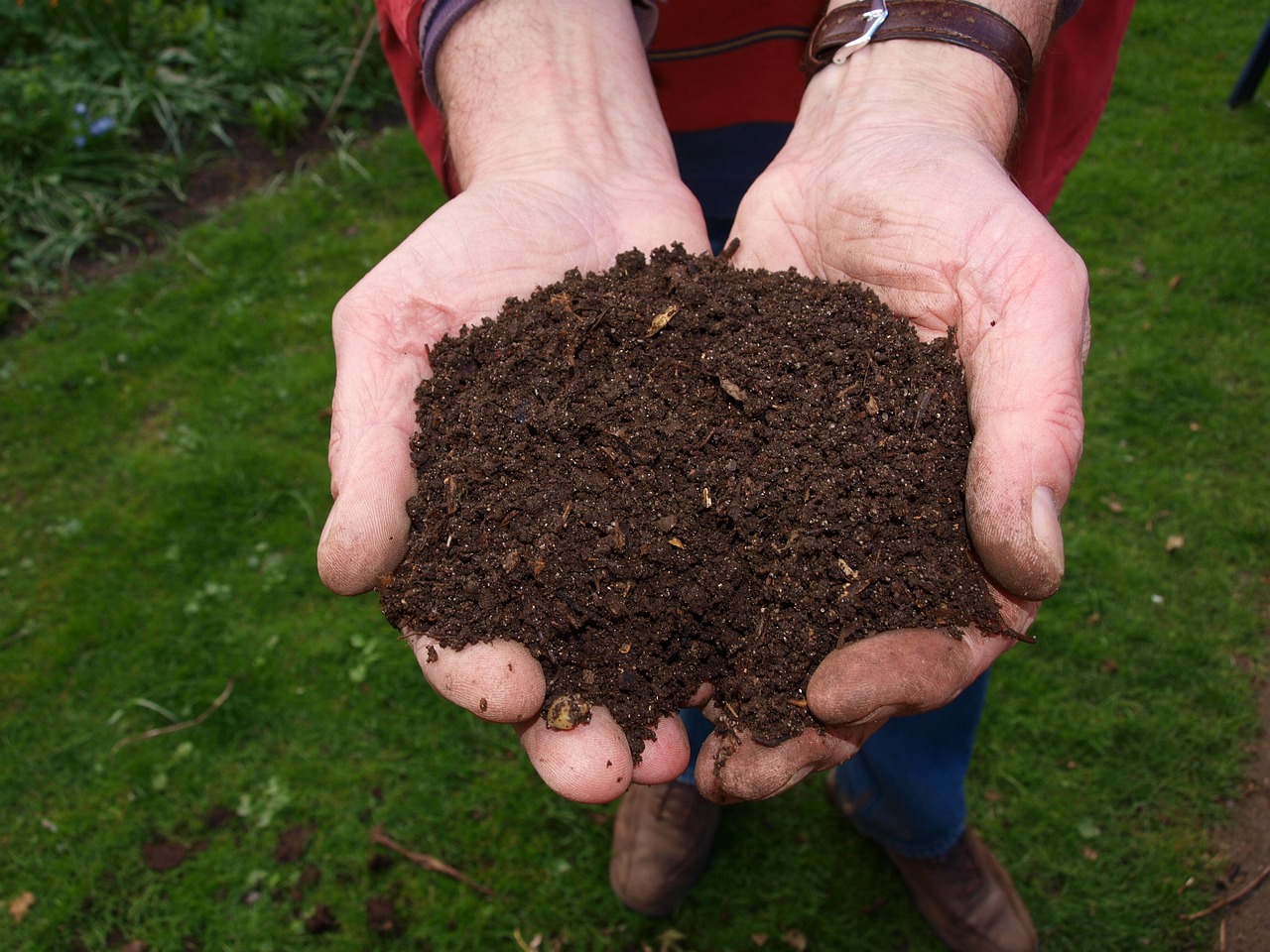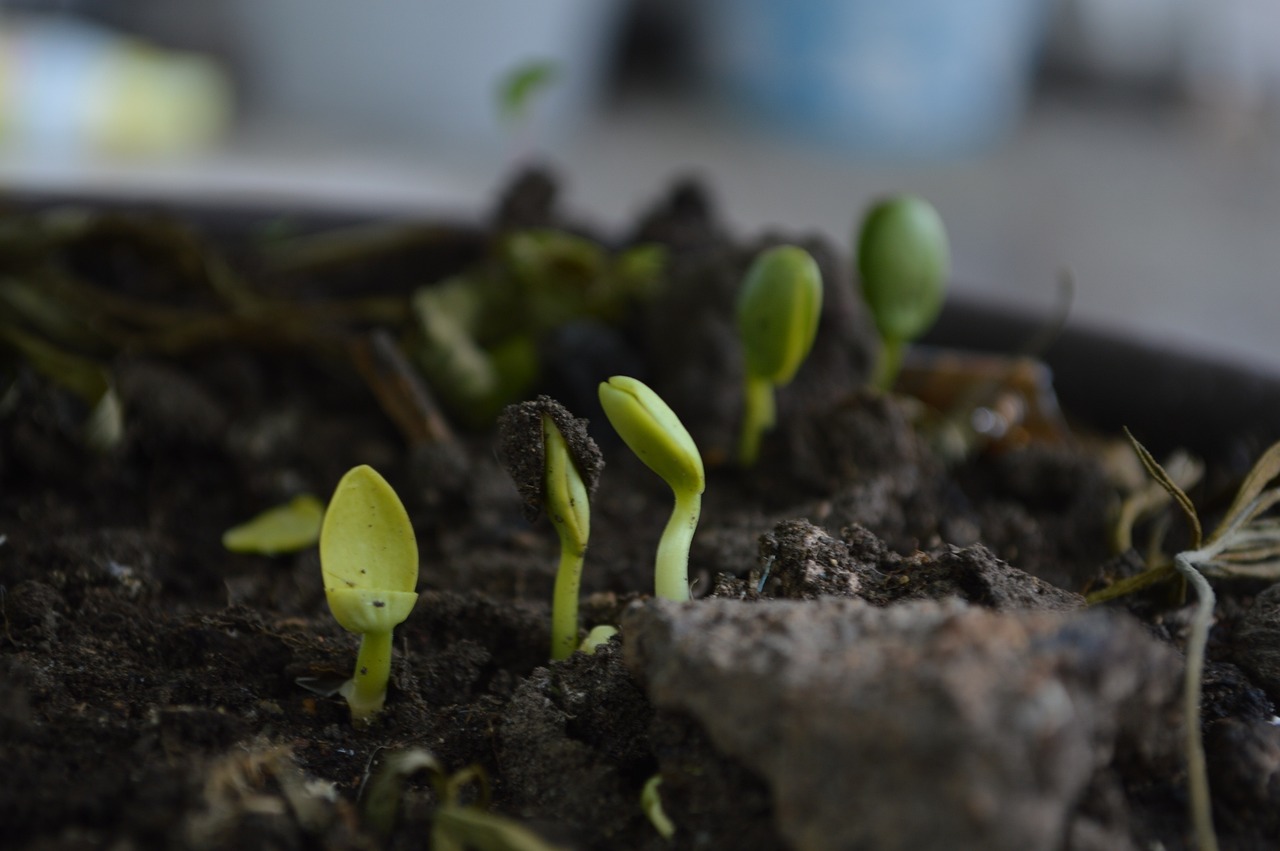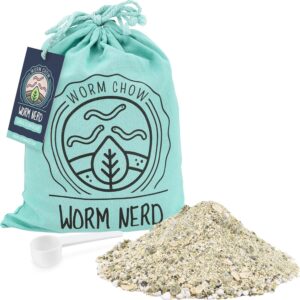Welcome to our adventure in creating a greener, more sustainable garden! In our quest for the best location for a compost pile, we’ve discovered some essential tips and tricks that will make the process seamless and efficient. Choosing the right spot can significantly impact the success of our composting efforts, and it all starts with understanding the key factors like sunlight, accessibility, and drainage. Let’s dive into the details so we can transform our kitchen scraps and yard waste into nutrient-rich compost, boosting our garden’s health and productivity. Together, we can find the perfect place to let nature’s recycling work its magic! Have you ever wondered, “What is the best location for a compost pile?” We’re here to help answer that burning question and guide you through the process of finding the perfect spot for your compost heap. In this article, we’ll break down all the factors you should consider to ensure your compost pile is as effective and convenient as possible.

Understanding the Basics of Composting
Before diving into location specifics, it’s essential to understand what composting is and why it’s such an invaluable practice. Composting is the process of breaking down organic materials, such as leaves, vegetable scraps, and coffee grounds, into nutrient-rich soil that can be used to enrich your garden.
Benefits of Composting
Composting offers numerous benefits for both the environment and your gardening efforts. Here are a few key advantages:
- Reduces Waste: Composting significantly cuts down on the amount of waste that ends up in landfills.
- Improves Soil Quality: Compost enhances soil structure, promotes plant growth, and can balance pH levels.
- Saves Money: Using compost can reduce your need for chemical fertilizers and improve plant health.
- Supports Beneficial Microorganisms: Compost contributes to a healthy soil ecosystem, encouraging beneficial bacteria and fungi.
Factors to Consider for the Perfect Compost Location
The best location for a compost pile isn’t a one-size-fits-all answer; it depends on many individual factors. Let’s explore these considerations in detail.
Proximity to Your Garden and Home
One of the primary factors to consider for your compost pile’s location is its proximity to both your garden and house. The closer it is, the more convenient it will be for you to add waste materials and manage the pile.
Pros and Cons of Close Proximity to the House
| Proximity | Pros | Cons |
|---|---|---|
| Close | Easy access for food scraps, better monitoring | Potential for odors and pests |
| Far | Less smell and pests near home | More effort to move waste materials |
Friendly Tip: Aim for a balance—choose a spot that is not too far from your kitchen and garden but far enough to avoid any unwanted odors or pests.
Sunlight and Shade
The amount of sunlight and shade your compost pile receives can impact its decomposition rate. Here’s what to consider regarding sunlight exposure:
Optimal Sunlight Conditions
- Direct Sunlight: Helps increase the temperature of the compost pile, speeding up the decomposition process.
- Partial Shade: Maintains a stable temperature and moisture levels, preventing the pile from drying out too quickly.
Friendly Tip: Position the pile where it receives a mix of sunlight and shade. Too much sunlight can dry out the compost, while too much shade can slow the decomposition process.
Drainage and Moisture Control
Compost requires the right balance of moisture to break down materials effectively. The location should allow for adequate drainage to prevent waterlogging, which can cause it to become too wet and slow down the decomposition process.
Checking the Ground
- Well-Drained Soil: Ideal for composting as it helps maintain the correct moisture levels.
- Waterlogged Areas: Should be avoided since excess water can create an anaerobic environment, leading to foul smells.
Friendly Tip: Check the proposed location after heavy rains to ensure it doesn’t collect excessive water.
Wind Protection
Wind can play a role in drying out your compost pile faster than desired. Ideally, the compost pile should have some protection from strong winds.
Natural Wind Barriers
- Hedges or Fences: These can act as effective windbreakers and provide some protection.
- Strategic Positioning: Place the pile behind structures like sheds or garages to block direct winds.
Friendly Tip: Be mindful not to place the pile in an area where wind can blow debris into neighbor’s yards or communal spaces.
Accessibility
Ease of access is crucial for the regular maintenance and usage of your compost pile. Consider how easily you can access your compost in all seasons.
Pathways and Space
- Clear Pathways: Ensure there is a direct and clear path to the compost pile.
- Ample Space: There should be enough space around the pile to turn and manage the compost easily.
Friendly Tip: Avoid placing your compost pile in areas that might become muddy or slippery.
Local Ordinances and Community Guidelines
Before setting up your compost pile, familiarize yourself with local regulations and community guidelines. Some neighborhoods or municipalities may have specific rules regarding composting.
Checking Regulations
- Homeowners’ Associations (HOAs): They may have rules about the appearance and placement of compost piles.
- Municipal Codes: Some cities have regulations regarding compost to prevent issues like pests and odors.
Friendly Tip: Contact your local city hall or check online resources to ensure you’re in compliance.
Special Considerations for Different Types of Composting
Your choice of composting method can also influence the best location for your pile. Let’s look at a few common composting methods and how they impact location choice.
Traditional Compost Pile
A traditional compost pile may be the most flexible regarding location, but it still requires consideration of most factors discussed above.
Ideal Location Characteristics
- Ground Contact: A traditional pile should be placed on bare soil to allow organisms to enter.
- Accessibility: Ensure it’s easy to reach for waste additions and mixing.
Composting Bins
Bins can be more aesthetically pleasing and can help contain the compost, reducing the risk of pests.
Ideal Location Characteristics
- Stable Surface: Place bins on a stable, level surface.
- Drainage: Ensure good drainage at the base of the bin.
Tumbler Composters
Compost tumblers are a closed system that helps speed up the composting process. They can be particularly useful for smaller spaces.
Ideal Location Characteristics
- Flat Ground: The tumbler must sit on flat ground to rotate efficiently.
- Quick Access: As tumblers often require frequent turning, place them where it’s easy to access.
Vermicomposting
Vermicomposting uses worms to break down organic materials. It can be done indoors or outdoors, depending on climate.
Ideal Location Characteristics
- Temperature Control: Worms thrive at specific temperatures (around 55-77°F or 13-25°C). Choose a location that offers this range or can be controlled.
- Pest Prevention: Place the bin where it is protected from larger pests but still allows for airflow.
Seasonal Considerations
Different seasons bring different challenges and benefits to composting. Here’s how to address them:
Spring and Summer
These seasons typically provide optimal conditions for composting due to warmer temperatures and more available greens (nitrogen-rich materials).
Tips for Spring and Summer
- Monitor moisture levels more frequently to prevent drying out.
- Increase the frequency of turning to speed up the composting process.
Fall
Fall is a great time to compost due to the abundance of brown materials (carbon-rich materials) like leaves.
Tips for Fall
- Collect and shred fallen leaves to add to the pile.
- Balance the large influx of browns with greens to maintain proper ratios.
Winter
Winter can slow down composting as microbial activity decreases in cold weather.
Tips for Winter
- Insulate the pile using straw or a compost cover to retain heat.
- Continue adding materials, knowing decomposition will slow but resume in spring.

Common Mistakes to Avoid
Even with the best location, there are common mistakes that can impede your composting efforts. Here are some mistakes and how to avoid them:
Placing the Compost Too Close to Water Sources
Avoid placing the compost pile too close to rivers, lakes, or ponds, as runoff can contaminate the water.
Ignoring Pests
Improper management can attract pests. Ensure your pile is balanced and avoid adding meats, dairy, or oily foods.
Not Monitoring Moisture
Both too dry and too wet compost piles can halt the decomposition process. Maintain a moisture level similar to a wrung-out sponge.
Conclusion
Choosing the best location for a compost pile involves considering multiple factors, including proximity, sunlight, drainage, wind protection, and accessibility. By understanding these elements and tailoring them to your specific composting method and local conditions, you’ll be well on your way to creating a productive and efficient compost system.
Happy composting! We hope this guide has been helpful and encourages you to start or improve your compost pile with confidence. Let’s turn our waste into a valuable resource for our gardens and make the world a little greener together.



